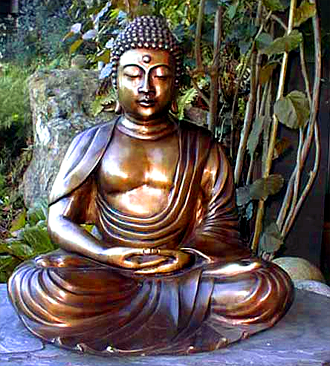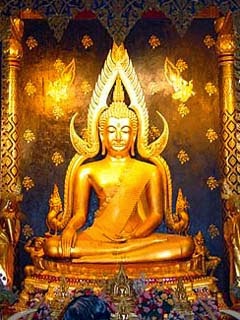Watching the Breath

I have set forth the Dhamma without making any distinction of esoteric and exoteric doctrine; there is nothing, Ananda, with regard to the teachings that the Tathagata holds to the last with the closed fist of a teacher who keeps some things back. Maha-parinibbana Sutta: Last Days of the Buddha Digha Nikaya 16 I have a student that has been studying with lay teacher who specializes in tonglen , a Tibetan style of practice. The teacher, a younger Caucasian man seems to know his stuff, but we have some disagreements. They may be cultural. My back ground is in Classical Buddhism as taught in Asia. His is Western as taught in America. One of the areas where we find some disagreement is what the Buddha might have meant regarding breath meditation. Another is how a lay person ought to practice. A method of meditation that the younger man teaches is called “long breath, short breath.” I’ve only seen this method taught in context of yoga practice, primarily hatha yoga...

.jpeg)



